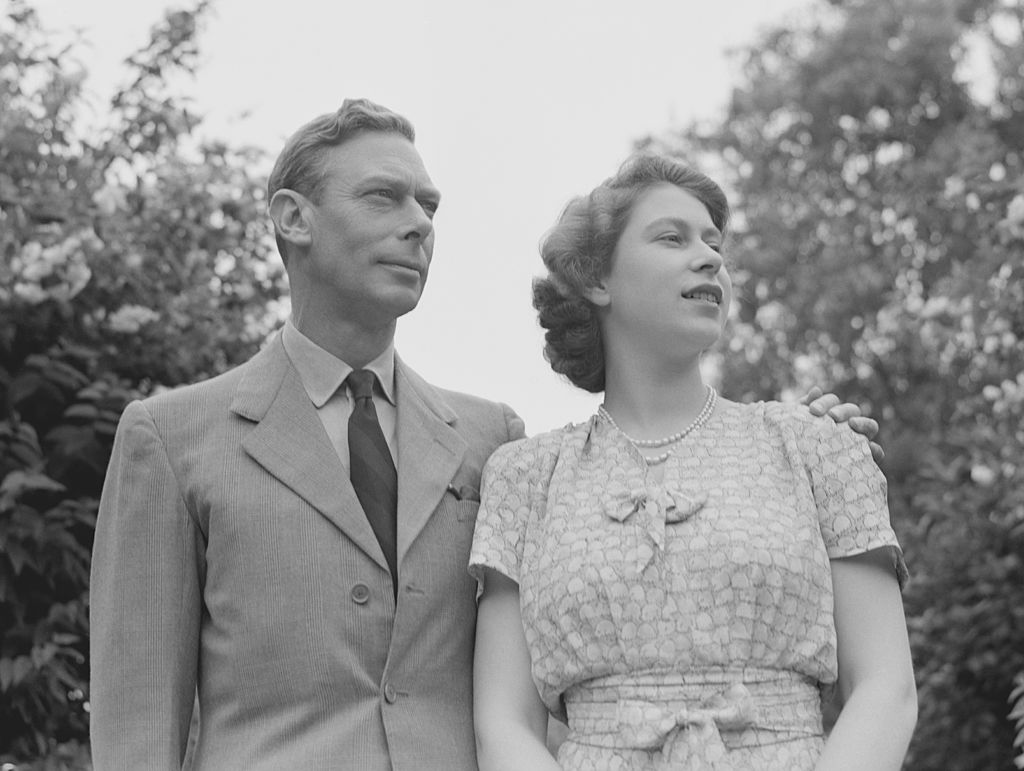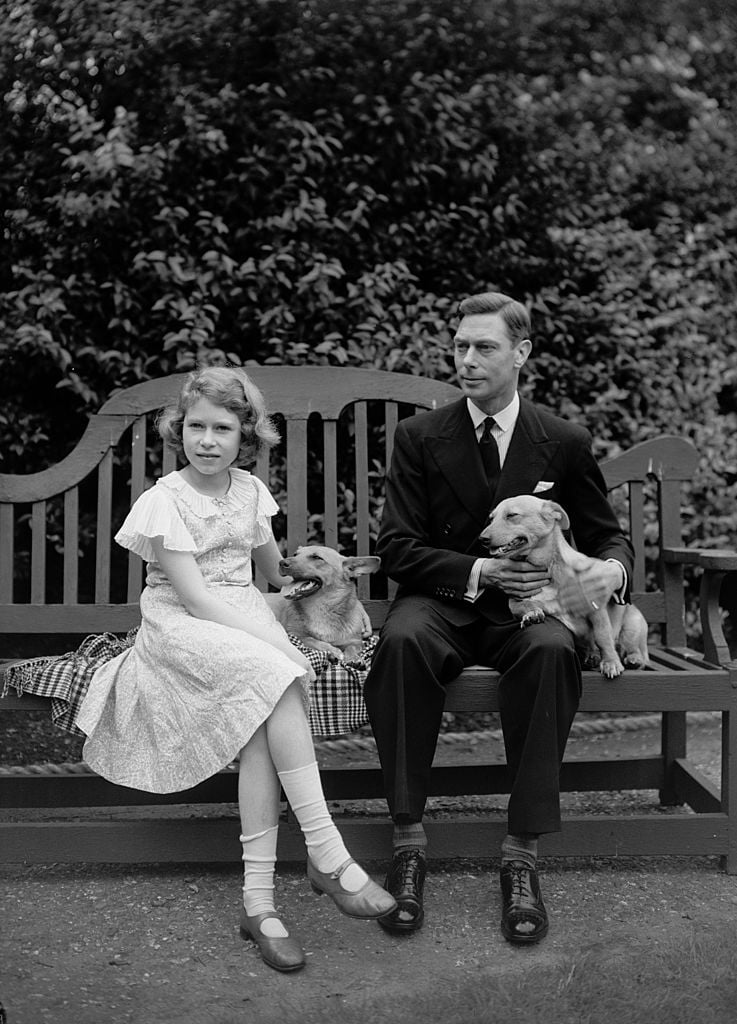The 1 Reason Why Queen Elizabeth Was Never the Princess of Wales and Heir Apparent While Her Father Was King
The rules of succession in the British royal family seem complicated, but actually they’re quite simple. Currently, Prince Charles has the title Prince of Wales and heir apparent because he’s second in line to the throne. Behind him is his eldest son, Prince William, who will become heir apparent when Prince Charles becomes king. Prince Harry used to be third until Prince William’s son, George, was born and bumped Harry down the list.
But what if Princess Charlotte had been born first? Is there ever a time when the heir apparent is female and therefore known as the Princess of Wales? The answer is different now than it was back when Queen Elizabeth was a child. And the most fascinating thing is that Elizabeth never got to be heir apparent because she was female.

Elizabeth was second in line to the throne at the age of 10
Queen Elizabeth’s father King George VI never expected to become the reigning monarch in the first place. His older brother Edward VIII was older and therefore guaranteed that role from birth. However, he abdicated the throne in 1936 to marry the love of his life, Wallis Simpson. Since Simpson was American and not from a noble family, he could not marry her and retain his role.
Once King George took the throne that put Elizabeth in the number two position. She was just a child at the time, but as the eldest child of George and Queen Elizabeth the Queen Mother, she rightfully achieved that status.

The British monarchy historically favored male offspring
However, Queen Elizabeth wasn’t known as the Princess of Wales or heir apparent even though she technically was. The reason for this was something known as Male Preference Primogeniture, which favored sons over daughters. The idea of not bothering to make Elizabeth heir apparent was because there was always the possibility that King George might have a son, therefore bumping Elizabeth out of the top spot.
Because of this sexist yet traditional rule, Elizabeth was only known as the heiress presumptive, even after the chance of King George having another child became a more and more unlikely possibility.
Queen Elizabeth completely changed the law of succession

Even though Elizabeth never complained about the rule that kept her from her rightful place as heir apparent, she did send a message about it by changing that custom. When she passed the Succession to the Crown Act in 2013, she officially established Absolute Primogeniture that would eliminate male preference component.
What does it mean? Under the old rule, Prince Louis would be higher up in the line of succession compared to his older sister Princess Charlotte simply because he is a boy. But now thanks to the queen, Princess Charlotte retains her place as number four no matter what.
Future female heir apparents could become Princess of Wales, a title which used to be reserved for the wives of male offspring. However, they still would not automatically become Duchess of Cornwall like a male living son would, because the Letters Patent states that the title Duke of Cornwall may only be held by the eldest living male son.



